Embark on a cinematic journey with our curated selection of films that delve into the lives and adventures of ethnographers. These films not only entertain but also educate, offering a unique perspective on different cultures, traditions, and the human spirit. Whether you're an anthropology enthusiast or simply love adventure stories, this collection promises to enrich your understanding of the world.

The Gods Must Be Crazy (1980)
Description: This comedy-drama features a San tribesman from the Kalahari Desert who encounters modern civilization, offering a humorous take on cultural differences and ethnographic encounters.
Fact: The film was a major box office success in South Africa and became a cult classic worldwide.
 Watch Now
Watch Now
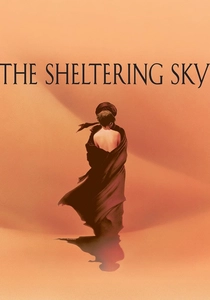
The Sheltering Sky (1990)
Description: While more of a psychological drama, it captures the essence of cultural immersion and the challenges faced by Westerners in North Africa, reflecting ethnographic themes.
Fact: The film was shot on location in Morocco, providing an authentic backdrop to the story.
 Watch Now
Watch Now
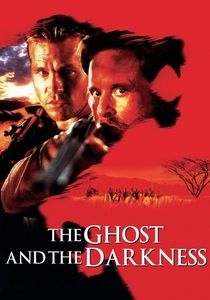
The Ghost and the Darkness (1996)
Description: While not strictly an ethnographic film, it portrays the cultural clash and survival in the African wilderness, showcasing the interaction between British engineers and local tribes during the construction of a railway.
Fact: The film is based on the true story of the Tsavo maneaters, two man-eating lions in Kenya in the late 19th century.
 Watch Now
Watch Now
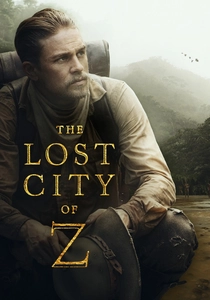
The Lost City of Z (2016)
Description: This film follows British explorer Percy Fawcett as he ventures into the Amazon in search of an ancient lost city, highlighting the challenges and cultural encounters of early 20th-century ethnography.
Fact: The film was shot on location in Colombia and Northern Ireland to authentically capture the Amazonian environment. The real-life story of Percy Fawcett inspired numerous books and documentaries.
 Watch Now
Watch Now
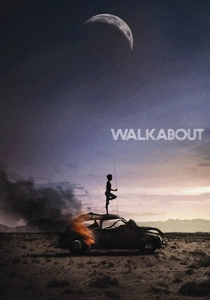
Walkabout (1971)
Description: This film explores the survival and cultural exchange between two stranded children and an Aboriginal boy in the Australian outback, offering insights into Aboriginal culture.
Fact: The film was shot on location in the Australian outback, with minimal dialogue to emphasize the visual storytelling.
 Watch Now
Watch Now
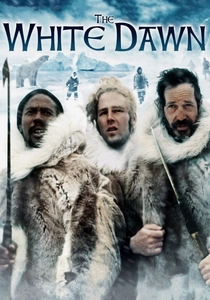
The White Dawn (1974)
Description: This film depicts the survival and cultural clash between Inuit people and shipwrecked whalers in the Arctic, providing a rich ethnographic narrative.
Fact: The film was shot in the Canadian Arctic, with many Inuit actors playing themselves.
 30 Days Free
30 Days Free
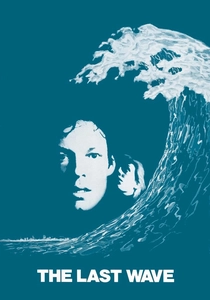
The Last Wave (1977)
Description: This film explores the cultural and spiritual beliefs of Australian Aborigines through the eyes of a white lawyer, blending legal drama with ethnographic exploration.
Fact: It was one of the first films to seriously address Aboriginal culture and spirituality in a mainstream context.
 30 Days Free
30 Days Free
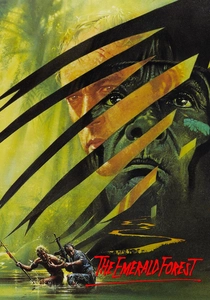
The Emerald Forest (1985)
Description: A father's quest to find his son, who was abducted by an indigenous tribe in the Amazon, provides a deep dive into the life and customs of the tribe, showcasing ethnographic elements.
Fact: The film was shot in the Amazon rainforest, using real indigenous people as extras.
 30 Days Free
30 Days Free

The Mission (1986)
Description: Set in 18th-century South America, this film examines the clash between Jesuit missionaries and colonial powers, highlighting the cultural and ethnographic aspects of the indigenous Guarani people.
Fact: The film's score by Ennio Morricone won the BAFTA Award for Best Film Music.
 30 Days Free
30 Days Free

Rabbit-Proof Fence (2002)
Description: Based on a true story, this film follows three Aboriginal girls as they escape from a government camp to return to their families, showcasing the cultural resilience and ethnographic journey.
Fact: The film was shot in Western Australia, with many scenes filmed on location where the real events took place.
 30 Days Free
30 Days Free









